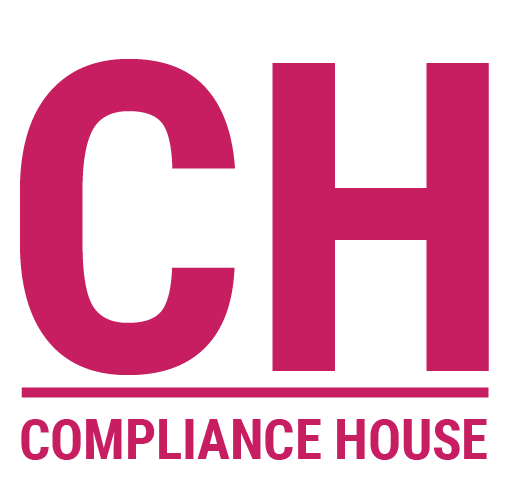When we talk about compliance, we often focus on policies, procedures, and training — but one of the most powerful compliance tools is leadership. Not just at the executive level, but across every layer of management. At Compliance House, we believe that compliance is a leadership skill, and organizations that recognize this create stronger cultures, better decisions, and lower risk exposure.
Managers sit at the intersection of strategy and execution. They translate corporate goals into team actions, manage daily operations, and serve as the first point of contact when employees have questions or concerns. Their behavior sends strong signals about what is truly valued in the organization. If a manager cuts corners, ignores red flags, or dismisses concerns, it tells the team that compliance is optional — regardless of what the policy says.
On the other hand, when managers lead by example, speak openly about integrity, and respond constructively to ethical dilemmas, they build trust and reinforce expectations. That’s why compliance leadership is not about legal knowledge — it’s about modeling behavior, managing conversations, and making values-based decisions under pressure.
Unfortunately, many managers are not adequately prepared for this role. They may receive the same standard compliance training as everyone else, without the specific tools they need to lead ethically and reinforce expectations within their teams. They might feel uncertain about how to handle a speak-up situation, respond to a potential conflict of interest, or explain complex rules in practical terms.
At Compliance House, we help organizations close this gap by designing training and development programs specifically for managers. We equip them with the communication tools, ethical reasoning frameworks, and scenario-based practice they need to become confident compliance leaders. This includes training on how to recognize risk, how to support employees who raise concerns, and how to escalate issues appropriately.
We also work with leadership to align tone-from-the-top with tone-from-the-middle. Many companies have strong executive messaging on compliance — but it needs to be consistently reinforced by line managers in everyday conversations, team meetings, and decision-making processes. When compliance becomes part of how managers lead, it becomes part of how the business operates.
Embedding compliance into leadership development isn’t just good ethics — it’s good business. It reduces incidents, builds employee trust, and strengthens the organization’s ability to respond to change. In a world of increasing complexity, companies need leaders who can balance performance with principles.
Leadership is not just about delivering results — it’s about how those results are achieved. And when compliance becomes a core part of that equation, the entire organization becomes stronger.
Want to empower your managers to lead with integrity and confidence? Contact Compliance House today to explore how our leadership-focused compliance training can support your culture and strengthen your frontline defenses.





